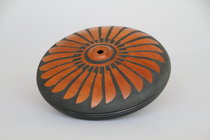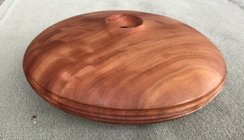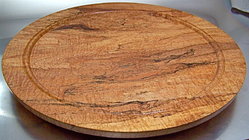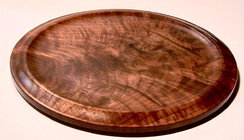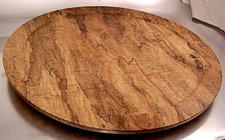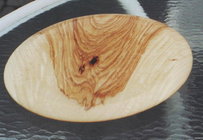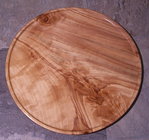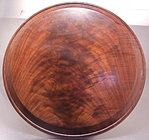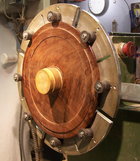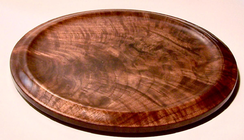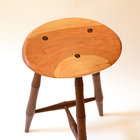I would benefit from some ideas on the best use of four cherry blanks. They are 15” square and 3” thick, all heartwood, well-dried.
It seems a bit wasteful to make platters out of 3” thick blanks, but can a 15” bowl be only 3” deep and be in proportion? An option is to slice the blanks to make 15” x 1.5” blanks for platters, so a question is whether a 1.5” blank is thick enough for such a wide platter. (I have made 12” platters from 1.25” blanks, but 15” seems a lot bigger.)
The easy solution is to chop each blank into four and make 7.5”x3” bowls, but I would feel like I was losing something by not taking advantage of the big blanks.
Thanks.
It seems a bit wasteful to make platters out of 3” thick blanks, but can a 15” bowl be only 3” deep and be in proportion? An option is to slice the blanks to make 15” x 1.5” blanks for platters, so a question is whether a 1.5” blank is thick enough for such a wide platter. (I have made 12” platters from 1.25” blanks, but 15” seems a lot bigger.)
The easy solution is to chop each blank into four and make 7.5”x3” bowls, but I would feel like I was losing something by not taking advantage of the big blanks.
Thanks.

